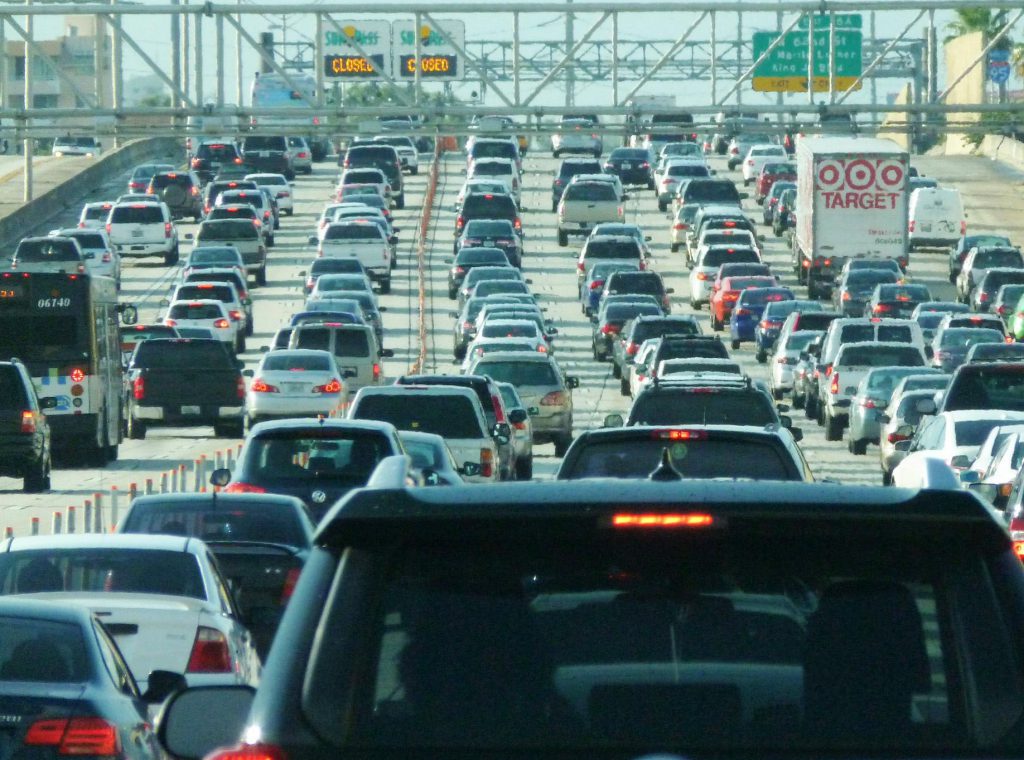Sort of a corollary of f*ck around and find out. But.. good to see Biden getting serious about supporting Ukraine. That’s a big number and it needs to be. On verra, as they say.
The ‘let’s see if this sorts itself out’ attitude from some western countries – albeit, right now fewer by the day – mirrors the general tendency of the same countries to do very little about climate change. All the while:
Rising seas have long been a threat to coastal cities. New research suggests that cities—particularly in Asia—are sinking as well, compounding the risks of frequent and severe flooding.
In Karachi, land is sinking five times as fast as the sea level is rising, according to the study published this month in Geophysical Research Letters. Manila and Chittagong, Bangladesh’s second-largest city, are sinking at 10 times the rate of the rising waters.
In China’s Tianjin, a coastal city about 150 kilometers southeast of Beijing, the ground is giving way at 20 times that speed.
In those four cities alone, the phenomenon could affect roughly 59 million residents.
The study, which used satellite data to analyze 99 cities around the world from 2015 to 2020, points to groundwater extraction related to rapid urbanization and population growth, oil and gas production, and construction.
The next life you save just might be your own.







